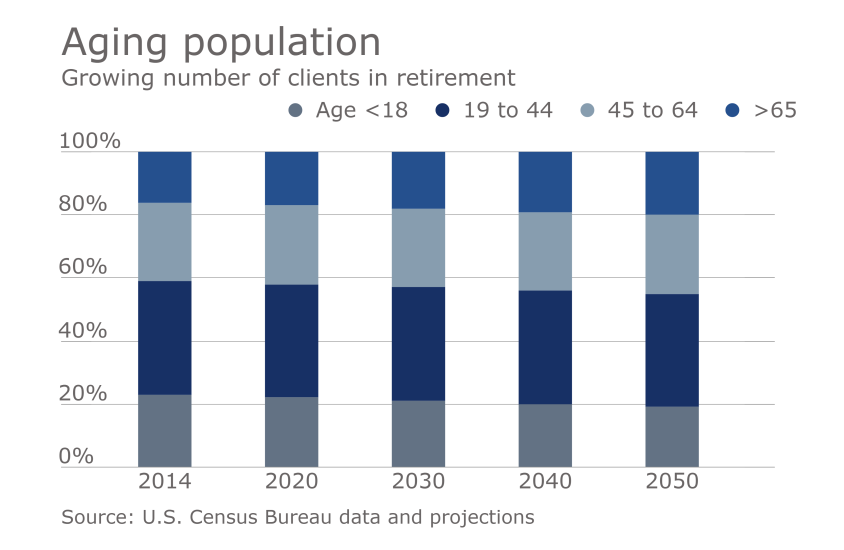
An amplified concern
For one, clients are living longer, according to IMCA's Research Quarterly. That means many retirees, even those who availed themselves of savvy planning advice, are at risk of outliving their assets.
Also, even now, only a small percentage of clients make aggressive wealth accumulation a priority in their early working years. It’s hard for a planner to work with what’s not there.
Recognizing the biggest retirement planning challenges — for both clients and advisors — is the first step to providing the best service when it comes to later-life planning, the study says.
Click through the slideshow to see what other challenges IMCA suggests are on the horizon, and how to meet them.

Key demographic

The industry bright spot

Reframing retirement priorities

Clients aren't the only ones aging

The accelerated effect

Greater expectations

The practice's future

Sale drivers






